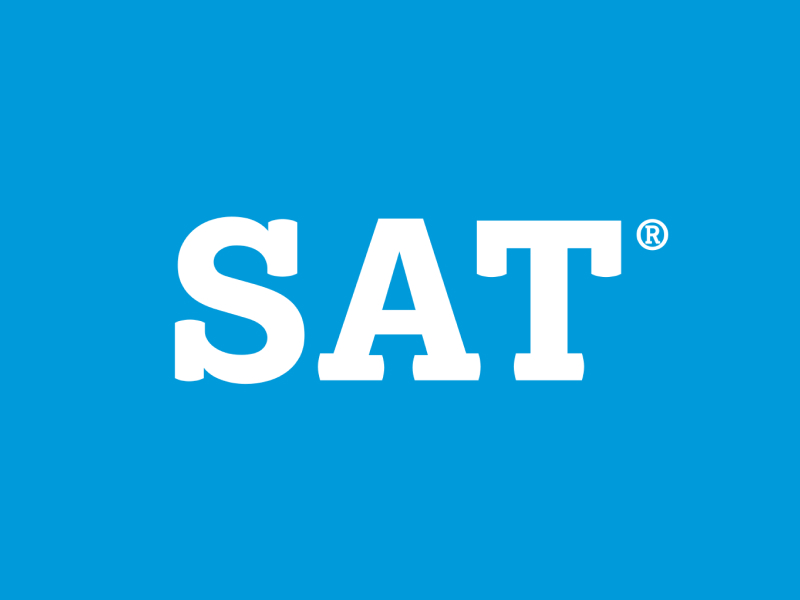If you’ve been keeping up with the news, there have been many headlines regarding the reintroduction of mandatory SAT scores in the college admissions process within prestigious private universities like Harvard, MIT, Yale, and Princeton. Although this may be an intimidating list of universities, there are still plenty of amazing schools that will keep the test optional as well as test blind, with the exception of CalTech, all California public schools and most private schools.
If you’re planning to take the SAT this year or next, be aware that the demand for the exam is high, partly because it’s now fully digital and interest has surged. To secure a spot close to you, register at least two to three months ahead of time. CSArts is not an official testing site and likely never will be. CSArts student counselor Ms. Shiroma said that in order to become an official testing site, the school would have to block off all outside events on the day of the test. This option is not realistic, because CSArts cannot close its campus on Saturdays due to year-round student performances.
Another new issue: limited resources to prepare for the SAT. This is due to The College Board’s digital SAT preparatory materials still being developed. Although two months of preparation is suggested, it’s recommended that students take at least four months in advance to prepare and get accustomed to the adaptive nature of the digital SAT.
The digital SAT is structured into modules to adapt to individual students’ capabilities, providing a personalized testing experiences. The digital SAT has two sections: Reading & Writing and Math, each divided into two modules. The first module is similar for everyone and helps determine which second module a student gets. If you do well in Module 1, you’ll get the harder Module 2B; if not, you’ll get the easier Module 2A. The scoring reflects this difference—Module 2A has a maximum score of about 590, while Module 2B allows for higher scores. Due to this, the preparatory questions you may be receiving from Khan Academy, or College Board may not be completely accurate to the kinds of questions you will face in your adaptive exam, therefore starting studying as far in advance as possible is extremely necessary.
The shift in college policies regarding SAT requirements, coupled with the recent transition to a fully digital test format, has highlighted the issue of SAT accessibility. For Juniors entering Senior year who hadn’t planned on taking the SAT, the reintroduction of SAT requirements at prestigious universities makes preparation challenging, especially with the new digital format’s unfamiliar elements. The pressure to learn the new digital SAT requires students to adapt quickly if they aim to apply to schools that now require the test.
The disparity in access to resources, like tutoring and the ability to retake the exam, gives wealthier students a distinct advantage. Families with more resources can afford extensive preparation and multiple attempts, leading to test scores that may reflect socioeconomic status more than academic potential. This could reinforce inequities in college admissions, as SAT scores become a barrier for students from lower-income backgrounds.
Although the transition to the new digital SAT format and the shift in college admissions policies may seem daunting, remember that many schools continue to be test-optional, providing flexibility in the application process. Plus, the resources for SAT preparation are constantly evolving, with new and improved materials being made available. So while it may be stressful, don’t lose hope—there’s support to help you succeed, and plenty of paths to your academic goals!

 Belt it Out!
Belt it Out!